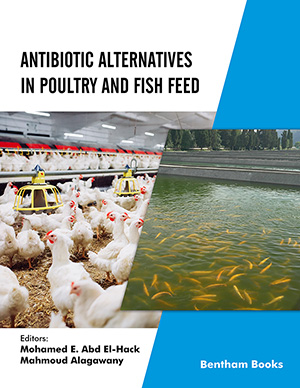Abstract
In this research a comparison has been made between the fatty acid and sterol compositions of Iranian pure butter and three samples of adulterated butter. These samples were formulated using edible vegetable fats/oils with similar milk fat structures including palm olein, palm kernel and coconut oil to determine the authenticity of milk fat. The amount of vegetable fats/oils used in the formulation of the adulterated butter was 10%. The adulterated samples were formulated so that their fatty acid profiles were comforted with acceptable levels of pure butter as specified by the Iranian national standard. Based on the type of the vegetable oil/fat, fatty acids such as C4:0, C12:0 and C18:2 were used as indicators for the adulterated formulations. According to the standard method of ISO, the analysis was performed using gas chromatography. The cholesterol contents were 99.71% in pure butter (B1), and 97.61%, 98.48% and 97.98% of the total sterols in the samples adulterated with palm olein, palm kernel and coconut oil (B2, B3 and B4), respectively. Contents of the main phytosterol profiles such as β-sitosterol, stigmasterol and campesterol were also determined. The β-sitosterol content, as an indicator of phytosterols, was 0% in pure butter, and 1.81%, 1.67% and 2.16%, of the total sterols in the adulterated samples (B2, B3 and B4), respectively. Our findings indicate that fatty acid profiles are not an efficient indicator for butter authentication. Despite the increase in phytosterols and the reduction in cholesterol and with regard to the conformity of the sterol profiles of the edible fats/oils used in the formulations with Codex standards, lower cholesterol and higher phytosterols contents should have been observed. It can therefore be concluded that sterol measurement is insufficient to verify the authenticity of the milk fat in butter. It can therefore be concluded that sterol measurement is insufficient in verifying the authenticity of milk fat.
Keywords: Adulterated butter, fatty acid, milk fat authenticity, sterol.
 18
18 2
2 2
2 1
1



















